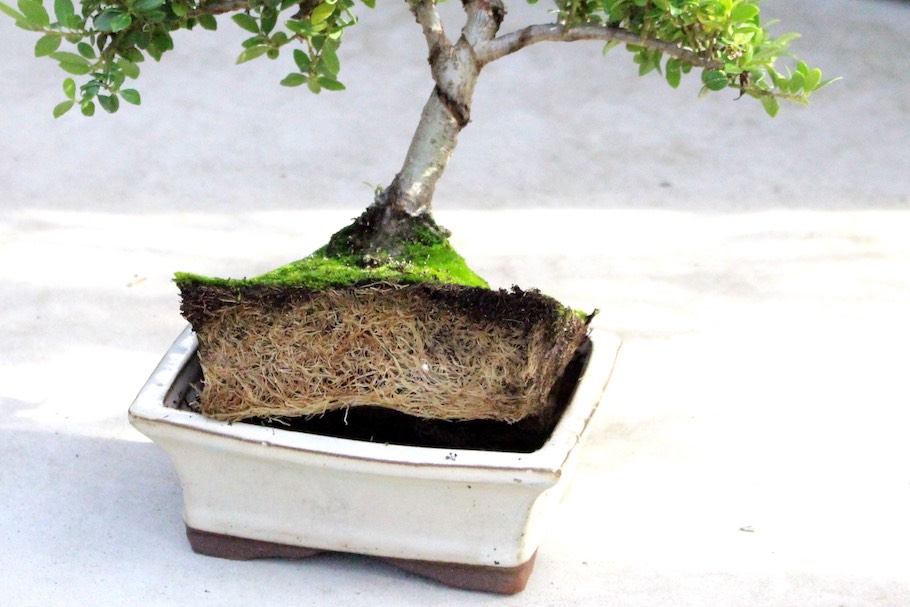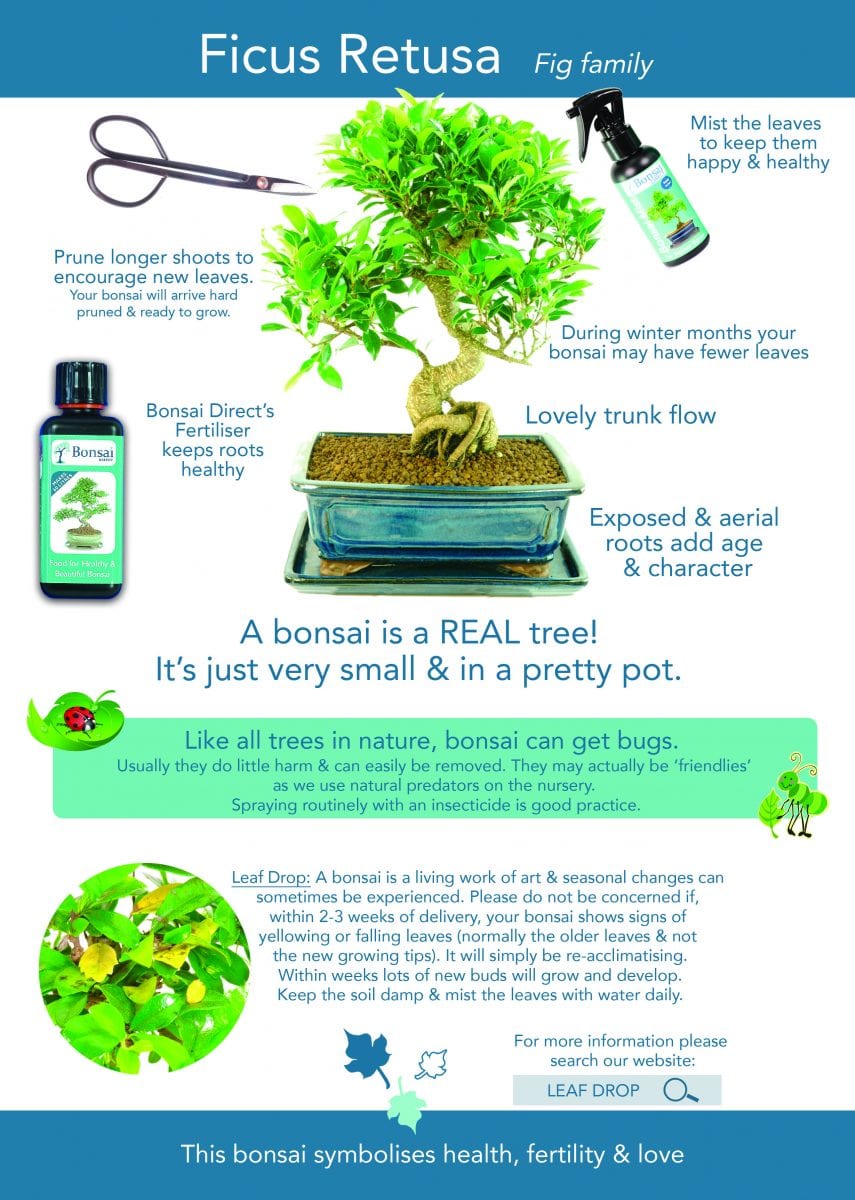Are you new to bonsai trees? Don’t worry, you’re in the right place. Watering your bonsai is super important. Let’s dive into how to do it right.
Why Watering is Important
Bonsai trees need water to grow. They are small, but their needs are big. Without water, they can dry out and die.

Credit: www.bonsaiempire.com
When to Water Your Bonsai
Knowing when to water is key. Here are some simple tips:
- Check the soil daily.
- If the soil feels dry, it’s time to water.
- Water in the morning or evening, not during the hot part of the day.
How to Check Soil Moisture
Use your finger to check the soil. Stick your finger about one inch into the soil. If it feels dry, water your bonsai.
Watering Techniques
There are different ways to water your bonsai. Let’s look at some:
Top Watering
This is the most common way. Use a watering can with a fine nozzle. Pour water gently over the soil. Keep pouring until water drains out the bottom.
Bottom Watering
Fill a shallow tray with water. Place your bonsai pot in the tray. Let it sit for about 10 minutes. The soil will soak up water from the bottom.
Misting
Misting is like giving your bonsai a shower. Use a spray bottle to mist the leaves. This helps keep the leaves moist, but it’s not a substitute for proper watering.
Water Quality
Good water quality is crucial. Tap water is usually fine. If your tap water is hard, use rainwater or bottled water instead.
Overwatering vs. Underwatering
Both can harm your bonsai. Let’s see how:
| Overwatering | Underwatering |
|---|---|
| Roots can rot. | Roots can dry out. |
| Leaves may turn yellow. | Leaves may turn brown. |
| Soil stays too wet. | Soil stays too dry. |
Seasonal Watering
Watering needs change with the seasons. Here’s a quick guide:
- Spring: Water more often as the tree starts to grow.
- Summer: Water daily, it’s hot and the tree needs more water.
- Autumn: Water less often as the tree slows down.
- Winter: Water sparingly, the tree is resting.
Signs Your Bonsai Needs Water
Look for these signs:
- Dry soil
- Wilting leaves
- Brittle branches
Signs of Overwatering
Watch out for these signs:
- Yellow leaves
- Moldy soil
- Root rot
Watering Tools
Having the right tools makes watering easier. Here are some must-haves:
- Watering can with a fine nozzle
- Shallow tray
- Spray bottle
- Moisture meter (optional)
Common Mistakes
Don’t make these mistakes:
- Watering at the wrong time of day
- Using too much or too little water
- Ignoring the soil condition
Final Tips
Here are some last tips for you:
- Be consistent with your watering schedule.
- Always check the soil before watering.
- Adjust your watering based on the seasons.
Watering your bonsai doesn’t have to be hard. With these tips, you’ll keep your bonsai happy and healthy. Happy gardening!
Frequently Asked Questions
How Often Should I Water Bonsai?
Water bonsai when the topsoil feels dry. Typically, every 2-3 days.
Can I Use Tap Water For Bonsai?
Yes, tap water is fine. Let it sit for 24 hours to dissipate chlorine.
What Is The Best Time To Water Bonsai?
Early morning or late evening is ideal to avoid rapid evaporation.
Do Bonsai Need Misting?
Yes, misting helps maintain humidity and keeps leaves clean. Do it daily.


